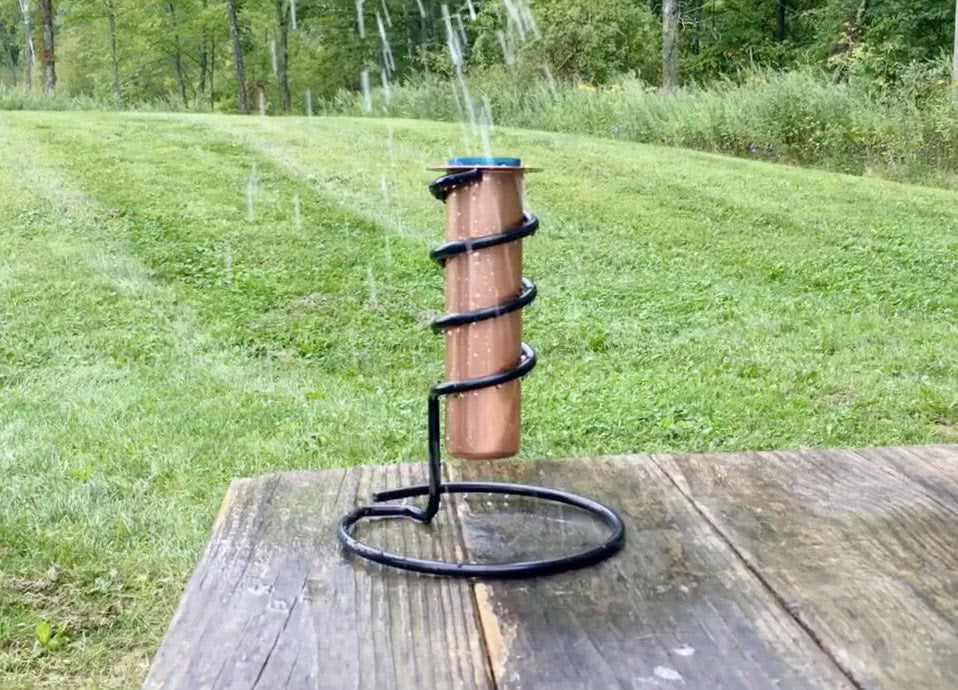The Rain Gauge: A Comprehensive Guide to Accurate Weather Condition Measurement
The Rain Gauge: A Comprehensive Guide to Accurate Weather Condition Measurement
Blog Article
DIY Rain Gauge: Easy Actions to Make Your Own
Producing your very own Do it yourself rain scale is a easy and effective method to determine and tape-record rainfall. With just a few common products and some fundamental actions, you can easily create your own rainfall gauge at home. Allow's obtain started on making your Do it yourself rainfall scale today!
Gather Materials
To start building your do it yourself rain scale, collect all the essential materials utilizing a comprehensive checklist of items. Having the appropriate materials available will guarantee the effective development of your rain scale and permit exact measurements of rainfall. To start with, you will certainly need a clear plastic container or cylinder, such as a plastic bottle or jar. Ensure the container is clear to ensure that you can conveniently see the water degree inside. Next off, you will certainly call for a leader or gauging tape to mark the increments on the container. This will enable you to determine the quantity of rains properly. In addition, you will certainly require a permanent marker or waterproof tape to note the dimensions on the container. When subjected to rain, this will guarantee that the markings continue to be noticeable also. You will certainly require a strong base or stake to safely hold your rainfall gauge in location. This can be a wood or metal risk that can be inserted right into the ground or a tough level surface to provide security. Collecting these materials beforehand will certainly improve the construction procedure and make sure that you have whatever you need to develop your own do it yourself rain gauge.
Prepare the Container

Mark the Measurement Increments
To precisely measure the amount of rains, properly marking the measurement increments on your DIY rainfall scale is essential. Without precise and clear markings, it would certainly be difficult to establish the specific quantity of rains gathered in your rainfall scale. Right here are the steps to note the dimension increments on your rain scale.
First, select the device of dimension that you wish to utilize. The most usual systems for determining rainfall are inches and millimeters. Use an irreversible pen or water-proof paint to mark the increments on the side of your rain gauge as soon as you have chosen the system. For inches, you can note every quarter inch or every fifty percent inch, depending upon your choice. For millimeters, you can mark every 10 millimeters or every 20 millimeters.
When noting the increments, it is very important to make sure that they are evenly spaced and clearly noticeable. Use a ruler or gauging tape to guarantee accuracy and consistency. Furthermore, ensure that the markings are immune to fading or rubbing off, as direct exposure to the components may trigger them to wear away over time.
Location the Rainfall Scale Outdoors
The anonymous rain scale ought to be positioned outdoors to accurately gather rains data. The place selected for the rainfall gauge need to be free and open from any obstructions that could potentially impact the measurement of rainfall. The Rain Gauge.
Furthermore, it is critical to place the rain gauge on a stable surface, such as a level ground or a strong blog post. This will avoid any type of motion or tilting of the gauge, which could result in unreliable measurements. It is likewise suggested to avoid positioning the scale near any kind of resources of man-made water, such as sprinklers or drain systems, as this could disrupt the precision of the dimensions.
Display and Document Rainfall Data
Regular surveillance and recording of rains data is essential for accurate information evaluation and interpretation. By monitoring rainfall dimensions, you can get valuable understandings into weather patterns, environment patterns, and water source administration. To properly keep an eye on and tape-record rains data, it is vital to establish a regular and preserve consistent methods.
Firstly, make certain that your rainfall gauge is positioned in an open location away from barriers such as trees or buildings that may block rainfall. In addition, make certain the rainfall scale is level and firmly anchored to protect against any type of movement that can affect the precision of the measurements.

When taping the rains information, it is very important to note the date and time of each measurement. Utilize a leader or a measuring stay with figure out the rains deepness in the rainfall scale, and document this details accurately.
To guarantee the accuracy of the measurements, it is advised to clear the rainfall gauge after each recording. This will avoid any overflow or evaporation from affecting succeeding dimensions.
Verdict
In verdict, producing a DIY rain scale is a useful and simple means to check and tape rainfall information (The Rain Gauge). By complying with the steps laid out in this post, you can easily collect materials, prepare the container, mark the dimension Related Site increments, and place the rainfall gauge outdoors. Frequently keeping an eye on and tape-recording rains information can offer beneficial details for numerous functions
Having the appropriate materials on hand will make sure the successful creation of your rainfall gauge and allow for accurate dimensions of rains.To accurately determine the quantity of rains, precisely noting the measurement increments on your DIY rainfall scale is important.The rain gauge must be positioned outdoors to properly collect rains data. The place picked for the rain scale should be open and cost-free from any kind of obstructions that could possibly affect the dimension of rainfall.In final thought, creating a DIY rainfall gauge is a straightforward and useful way to check and tape-record rains data.
Report this page